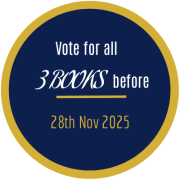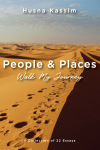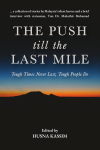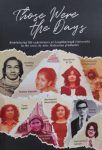Travelling can be one road to happiness, according to neuroscientists. When we travel , we rewire our brains because new experiences are key to building new neural pathways in the brain. By rewiring your brain, you become more creative and more receptive of new ideas. The happiest people on earth are those who travel more, suggested by Lily Herbert at one Happiness Conference in 2016 (https:// traveltriangle.com/blog/travelling-makes-you-happy/). Travel enable us to meet people from diverse cultures, an experience that is eye-opening and invigorating.
My most recent trip, although a brief one, took me on a medley of diverse destinations. The journey took us across three different borders (Saudi, Iran and Turkey), the most interesting being the one between Iran and Turkey. These three countries possess some similarities as well as some differences. Although all three are Muslim countries, Saudi and Turkey are largely made up of Sunni Muslims while Iran is largely made up of Shiah Muslims. Turkey and Iran resemble one another in terms of their histories. Iran stand against the international community who tried hard to integrate it to adopt a moderate Islam. Turkey is a reminder of the Ottoman historical super-power and not to be taken lightly but it is a survivor and changes its paradigm to adopt a more rational policy, in line with the world’s latest new age, producing coherent strategies. Of course, one similarity between both Saudi and Iran is they possess the biggest oil reserves in the world.
On the morning of 17th May, we flew into Tehran Imam Khomenei Airport for the very first time. The immigration officer at the arrival desk unfortunately “made a mistake” of not stamping our passports, which later caused problems at Razi Passenger Terminal when we were crossing into Turkey.
That 17th May was a start of many surprises on my first very first trip into Iran in general and Tehran in particular. It was an introduction to a discovery of Iranian beauty and controversy. “If a visitor wants to know Tehran, he or she should visit the old part of Tehran, which is now called District 12”, I was told.
District 12 is the main and historical core of the city, where the Treasury of National Jewels (where the Naderi golden throne and the most valuable crowns from Qajar and Pahlavi kings were kept), and where the Golestan Palace and the Grand Bazaar of Tehran are located.
I didn’t expect to learn about old Tehran on the very first day we landed. As it so happened, we got completely lost, trying to locate our budget hotel, Razzaz Hotel on Amir Kabir Street.
One quickly learned about a part of a city when one is lost in it. One taxi driver insisted he got us to the right address…the Ariyan Hospital instead ! This confusion was understandable because Razzaz Boutique Hotel is also called The Arian Hostel. Travelers trying to find their way around Tehran are at the mercy of taxi drivers who had no access to digital technology when it comes to site location. But on that morning, we were too intimidated by the driver’s hostile tone and body size to insist that he had taken us to the wrong address.
So we decided to just pay him and started walking the pavements. We finally walked a total of about 15 kilometers, in and around its alleyways and backstreets. From my perspective, all alleyways looked the same. We asked locals gathered in the alleyways for help to locate the hotel, which took us even further off the track. Most locals did not speak much English and we spoke no Farsi. Finally, seeing the sky was darkening, we decided to go with our gut feeling and took the direction given by one young man, who was smoking in one back alley. We finally found the Razzaz Hotel.
(extracted from an essay from her up-coming book “Freedom of the Open Road” by Husna Kassim).


